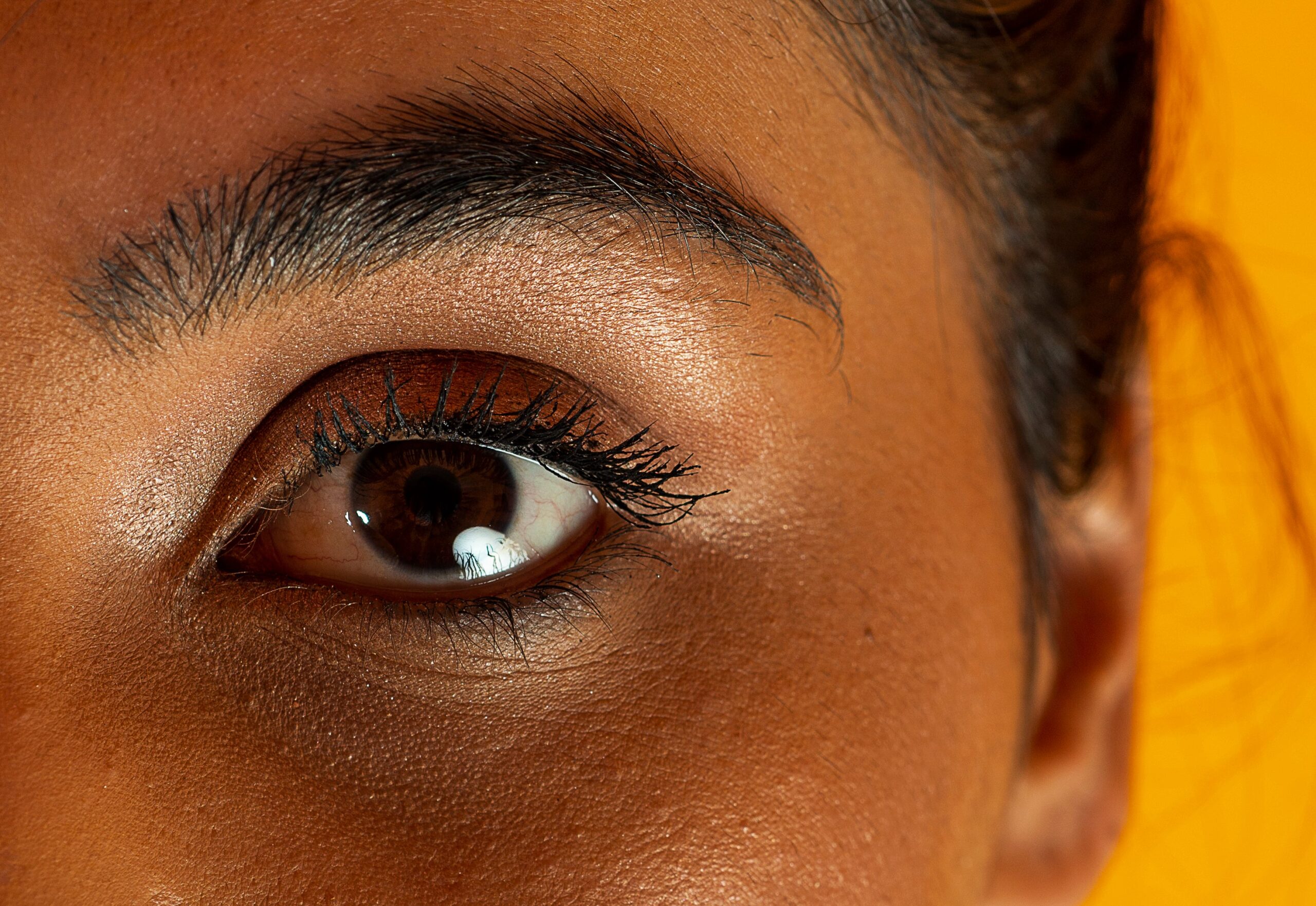You need to improve focus so that you can retain information and improve cognition. While the human brain can multitask, it is impossible to think about more that one thing at once. However, it’s critical to be able to regain concentration for learning and productivity. (To learn about why you lose focus and get distracted read here). This article explains the most direct and practical tool to improve focus using the primary sense in the human body: vision.
Ways of seeing
The eyes are biology’s finest lens. Suppose you want to capture a large landscape. Your eyes jolt around to map out what you see– grass, road, cars, people, window frame, sky, dandelions. The eyes dilate to take in more light– the aperture increases. You’re not focused on one point but can see everything, all at once. You extract just as much detail from the background as the foreground.
Alternatively, the eyes can constrict on a single point.* The piercing precision grasps an ant’s hair, the tip of a watch hand, or a stop sign 100 yards away. The background blurs. There’s a distinct gap between high-resolution and low-resolution. The focal point gets all the gold while the surrounding objects are poor.
These two modes of viewing take turns throughout the day. When walking into a room, the eyes skirt around. When reading the page, the eyes puncture the words. When driving the eyes sharply focus on stimuli, bouncing each to each.
This lens wires directly to the control processing unit– the brain. The brain not only deciphers that which the eyes see, but it also differentiates between broad-landscape and focused viewing.
Visual concentration
When you deliberately constrict your vision to focus on a single point, you become more alert and focused. Primordially, you’re like a predator preparing to pounce. You have to be able to see your prey and accurately calculate when to strike. If you don’t, your survival is doomed because you will be starved.
Neuroscience
You focus on the target: epinephrine and acetylcholine surge into the brain. These neuromodulators are chemicals that when released into the bloodstream affect the function of other neurons. Epinephrine amplifies alertness and attention, while acetylcholine narrows the aperture and spikes concentration. Your prefrontal cortex– the brain region characterized by thinking, planning, evaluating, and strategizing– floods with activity. Neurons fire more rapidly, with increased synchronization.** Focus has increased.*** Nearly instantaneously.
Now it’s time to get focused so that you can be more productive in your work. Provided that you are well rested and fed (you have enough energy), this tool will do the trick.
Do this to increase focus
Pick a point out in front of you. It can be a speck on the wall, an eraser shaving, a rock, a leaf, a symbol, or anything that is small and precise. Constrict all eyes, attention, and focus on that point. Set a timer for 1-3 minutes, and don’t look away. When tempted, look harder: squint the eyes or furrow the eyebrows. Don’t get distracted. Concentrate. Once you have completed this simple exercise, transition into your work.














